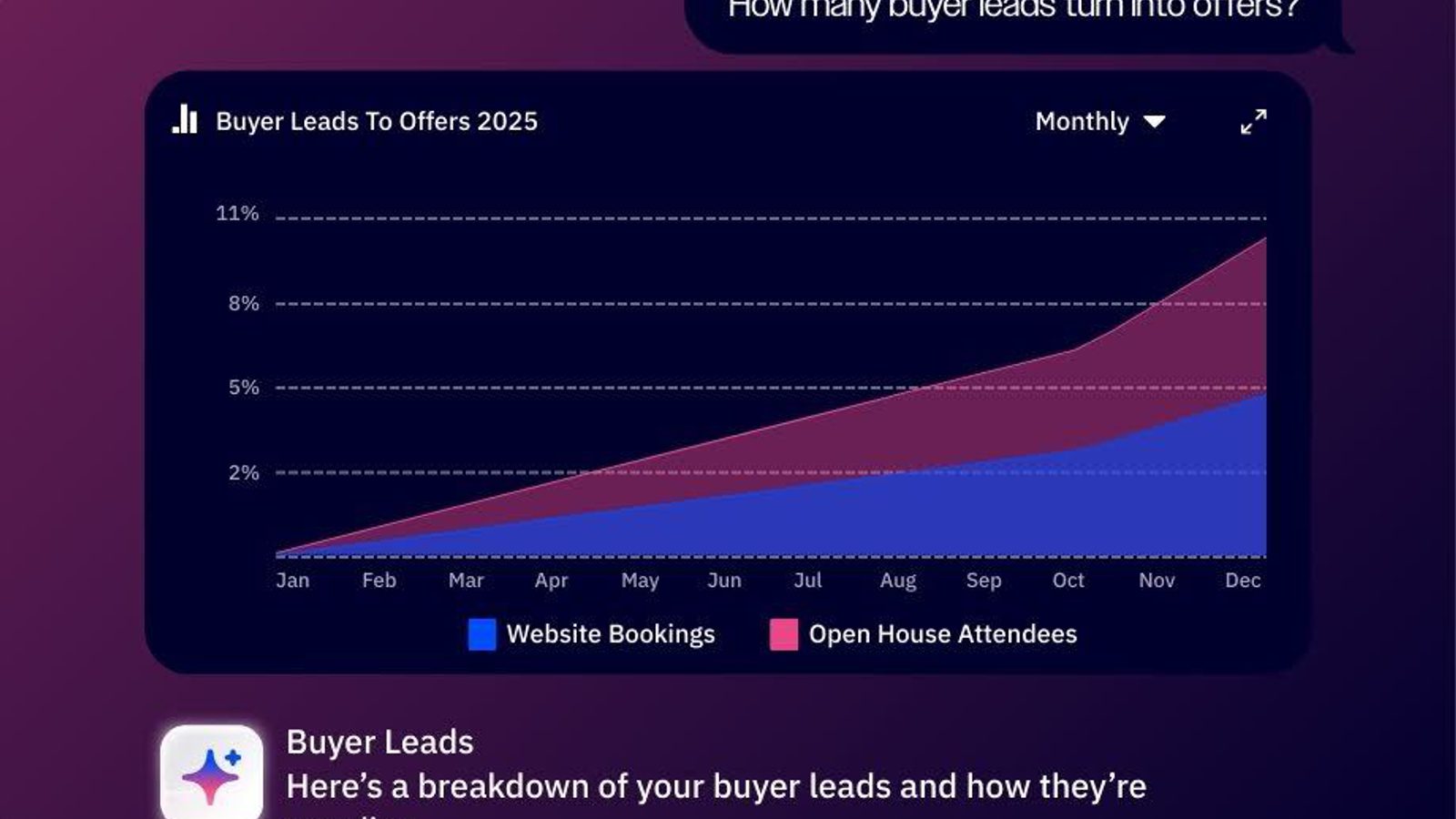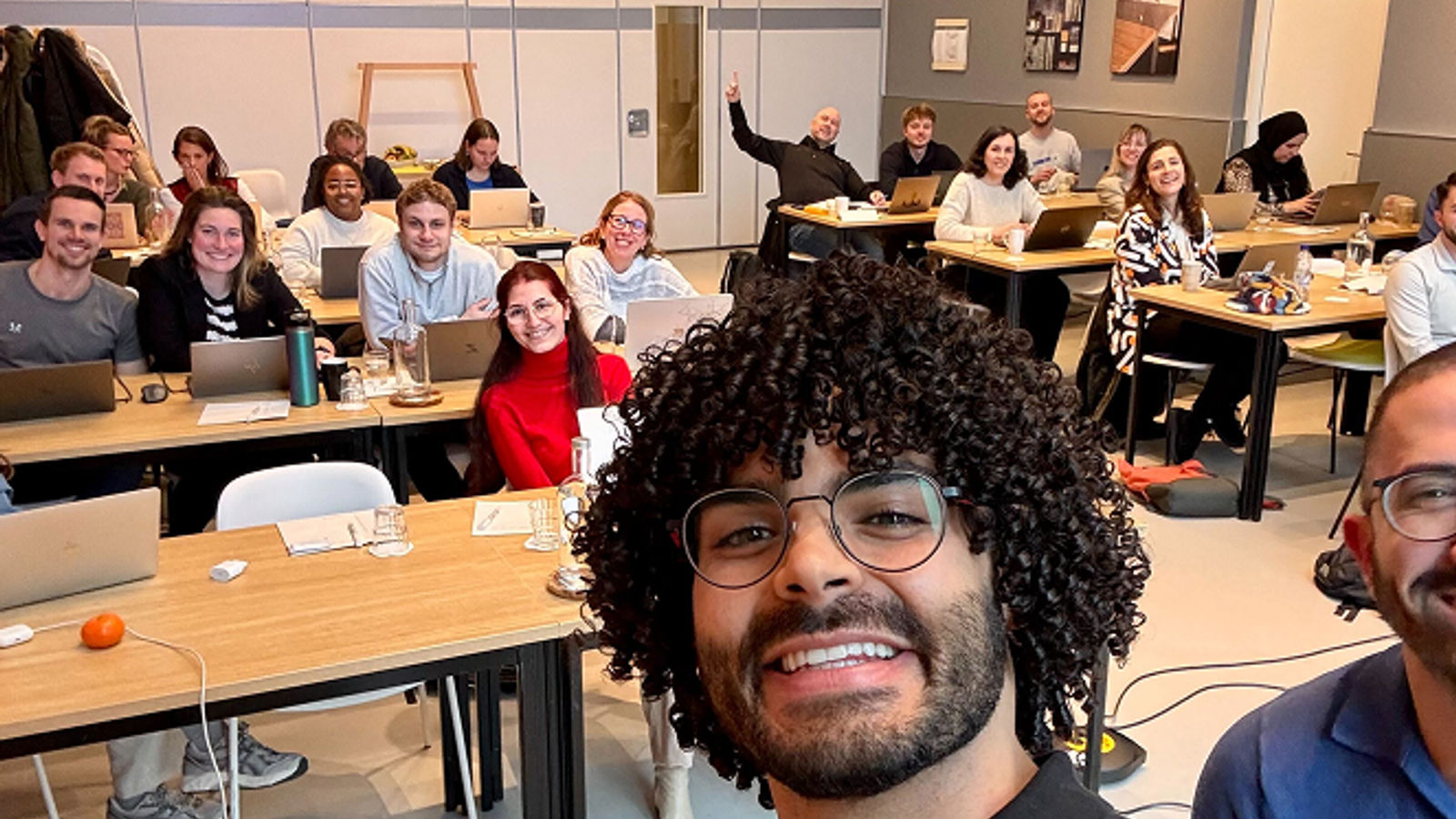2023 was one heck of a year for marketing automation. Looking back over just the last two years, the segment has seen incredible growth:
Between 2021 and 2023, the marketing automation industry’s revenue grew by an estimated 22% to $5.86 billion. This figure is expected to doubleby 2030, surpassing $13.7 billion.
So what’s driving this? Why did more and more companies turn to marketing automation in 2023? And what does that mean for your business in 2024?
In 2023, automation helped businesses scale against the odds
In 2023, we saw how integral automation is in scaling a business. Put simply: money is tight. Funding has dried up, headcount has been cut, budgets have been slashed. Targets, though, are still the same. Smart, resourceful teams have increasingly relied on automation to plug the gaps.
A recent study reports that more than 90% of workers said automation solutions increased their productivity, and 85% said these tools boosted collaboration across their teams.
We saw the power of automation demonstrated pretty conclusively in the e-commerce vertical. Turning to our own data for a second, this Black Friday was a record-breaking year for ActiveCampaign’s customers, hammering home the value of automation in the e-commerce space.
Through our abandoned cart automation, we helped the businesses we serve recover $10.5 million over the course of Black Friday weekend—a 56% YoY increase in recovered revenue.
ActiveCampaign also set a new record for the number of automation actions processed on a single day—1.4 billion on Cyber Monday—up 20% year over year.
In a wider sense, AI started making serious inroads into marketing automation products in 2023, from simple single-prompt offerings to more powerful multi-prompt functionality (such as ActiveCampaign’s ever-expanding AI capabilities).
But that’s nothing compared to what’s coming round the corner in the new year…
The big marketing automation moves for 2024
We know that automation is evolving every day. Going into 2024, staying current with the marketing automation trends forecasted will be imperative, but this can sometimes be tricky. Which trends should you actually lean into?
AI will continue to supercharge automation
Just like in 2023, AI will continue to fuel marketing automation and how you interact with your customers. Artificial intelligence is in fact a fairly broad umbrella, so let’s break down it down a level and look at how both predictive and generative AIs will elevate marketing automation in 2024.
Predictive AI
Predictive AI uses historical and current data to spot patterns and predict potential outcomes. It does this by picking up on patterns from previous months, quarters, and years to give you a look at what may happen in the near future. This is extremely helpful to marketers who want to stay ahead of the curve and it works much faster than trying to predict things yourself.
When you use predictive AI in 2024, you'll be able to understand which leads need re-engaging, which are about to convert, and estimate customer spend as well as your company earnings for the year. This gives you a big picture and something to work towards to build the right strategy months in advance.
Predictive AI can save companies money and identify areas to address so you can meet your revenue goals. As AI progresses, its functionality will continue to enhance automation in the years to come.
Generative AI
Generative AI is also a marketing automation trend to keep your eye on.
Tools like ChatGPT and Bard have made a name for themselves and aren't going anywhere. More and more companies are finding creative ways to use them in their marketing campaigns. From blog outlines to email subject line ideas to video scripts, these tools can be endlessly helpful to speed up the more manual aspects of your marketing.
Shay Howe, Chief Marketing Officer at ActiveCampaign talks about how generative AI tools can be used to serve the customer.
“What I love about our generative AI tools is that they were built with intention. When ChatGPT first came out, we didn’t rush to implement generative AI into our platform just for the sake of doing so,” said Shay Howe, Chief Marketing Officer at ActiveCampaign. “While we watched others take this approach, we talked to our customers, asked what they needed, and also paid attention to where gaps were growing in the other GAI tools companies were starting to offer. Our AI tools were built to help small teams power big businesses, something that will never change as we iterate on our platform.”
Keep in mind, there is a fine line we should all walk here. There are plenty of ways to use these tools to enhance your existing processes, but relying too heavily on artificial intelligence to produce your content and write your brand messaging can have adverse effects.
AI will never replace the nuance that a human brings, so while we can take advantage of these tools, they’re more of a bonus than a replacement.
Brands will use dynamic AND static data to feed their automations
Another trend we see rising in 2024 is the use of dynamic and static data to feed automation.
Dynamic actions are things like a customer buying a product, opening an email, or visiting a landing page. You can lead score based on those behaviors and build better automations to serve them. Static inputs are information like a customer’s industry, chief pain points, company size, etc. that you can gather throughout their journey and use to create better customer experiences.
Both of these are crucial to driving business. ActiveCampaign’s own Casey Hill shares how dynamic and static data improved his team's trial conversion rate at his previous company, ActiveCampaign customer Bonjoro:
"At Bonjoro, when we personalized onboarding by adding static questions (company size, industry, key pain point) and dynamic behaviors (web visits, email clicks, event triggers, etc.), we increased trial conversion by about 6%."
Promptology is the future
We talked about ChatGPT and similar AI tools that have changed the face of marketing this year. Going into the new year, promptology (the study of writing good prompts) will be a sought-after skill in the age of AI.
The best brands will create templates and streamlined UIs that include specific clarifying prompt parameters to produce the best copy and visual imagery. These carefully crafted templates will play an important role in elevating your messaging. The difference between a good prompt and a bad one is staggering.
A well-written prompt will return highly relevant and accurate outputs from the AI program, which turns the tool into a useful copilot. On the other hand, a poorly written prompt will spit back inaccurate information and has a higher tendency to return with plagiarized content, something no company wants to be accused of using.
This ties directly to your customer. Customers experience your brand through different mediums, visually through video, in passing on social media platforms, through your email campaigns, and through written use cases directly on your website. Using poorly written AI-generated content when writing for any of these channels will disconnect your customers from your brand and potentially jeopardize where you've established yourself in the market.
It's easy to pick out lazy AI-generated content, so take the time to craft templates and polish any "robotic" language before it goes out the door. If you're concerned about ensuring your content remains authentic, check out this overview of AI content detectors for tools designed to spot AI-generated content.
Full-funnel omnichannel marketing will differentiate your brand
As just mentioned, your customers interact with your brand messaging across a myriad of channels. This includes social media, paid ads, web content, your blog, email, and more. As they move through the funnel, they'll engage with you at different stages, and it's your job to understand how best to keep them coming back.
Full-funnel omnichannel marketing will be majorly important going into 2024 to make interacting with your brand a seamless marketing experience. It can often be tricky to alter your messaging to fit each medium, but doing so is necessary to give your customers the right information in the right way at the right time.
A customer who engages with video content may not always be receptive to long-form written content. This is why enlisting the help of automation and data unification, you can lead specific customer segments through different funnels and let them engage with your brand in the way that feels best to them.
Keeping track of this data and creating multiple customer lists can be complex, which is where marketing automation software plays a key role. Your marketing efforts can go much farther by using automation to touch base with customers in different ways.
Lean in now
We've only scratched the surface of what marketing automation can do and what it will do in 2024. There may be trends coming that we’re completely unaware of yet, but even so, one thing's for sure. Automation is adaptable and powerful. Investing in it is something you won't regret and building your strategy now will only help you adopt future marketing automation trends down the line.
These trends determine how we interact with our customers (and create meaningful relationships with them that turn them into lifelong advocates), so always keep your ears open.
Try ActiveCampaign for free. Sign up for a trial in the box to the right →







